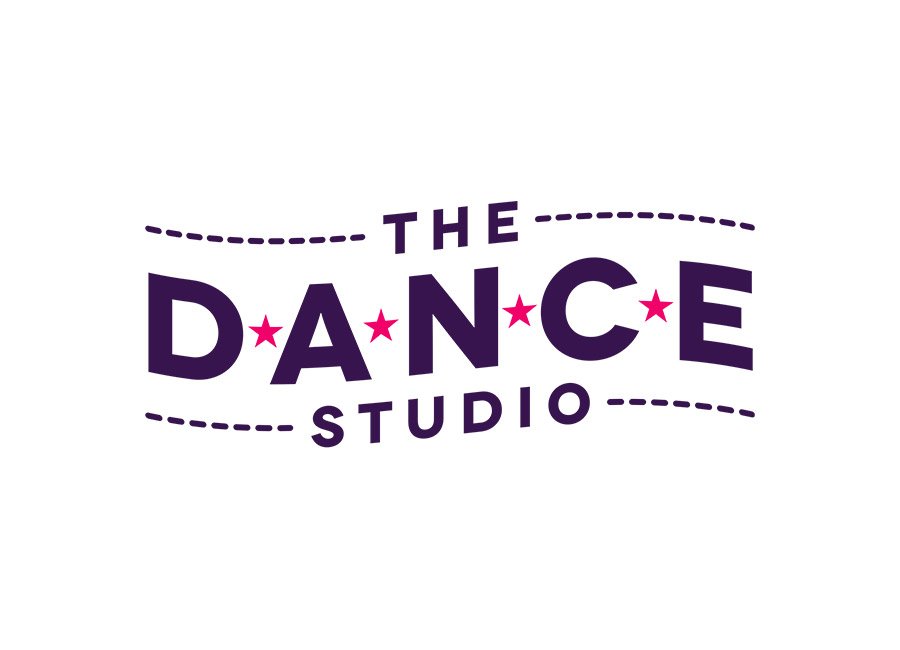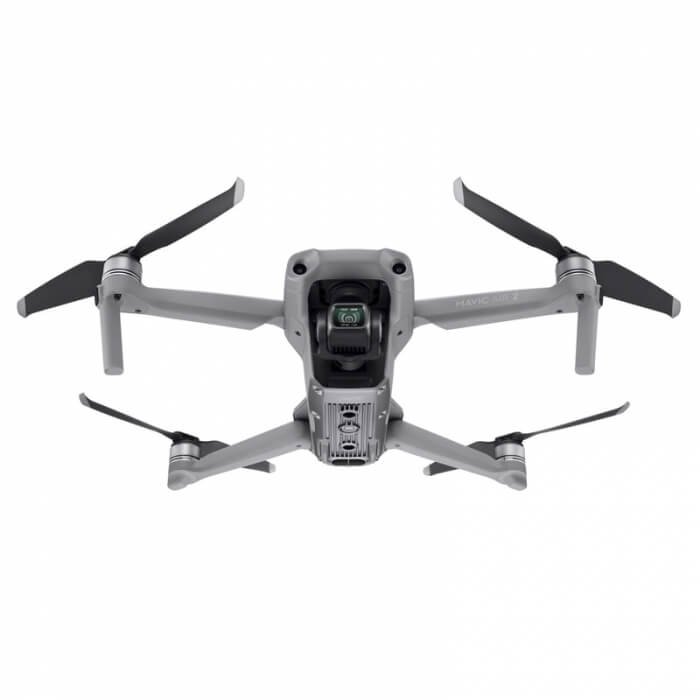Rhino, also known as Rhinoceros, is a powerful 3D computer graphics and modeling software. It is widely used by professionals in various industries, including architecture, industrial design, jewelry design, and automotive design. In this article, we will provide a simplified overview of Rhino, explaining its key features, benefits, and how it can be used to create stunning 3D models.
- What is Rhino?
Rhino is a software application that enables users to create, edit, analyze, and render three-dimensional models. It offers a user-friendly interface that allows designers and artists to visualize their ideas and bring them to life. Rhino supports a wide range of file formats, making it compatible with other design and engineering software.
- Key Features of Rhino:
a. NURBS Modeling: Rhino uses Non-Uniform Rational B-Splines (NURBS) as the basis for its modeling system. NURBS provide precise control over curves, surfaces, and solids, allowing users to create complex and organic shapes with ease.
b. 3D Editing Tools: Rhino offers a robust set of tools for editing and manipulating 3D objects. These tools include scaling, rotating, translating, and mirroring, enabling users to refine their designs and make adjustments as needed.
c. Visualization and Rendering: Rhino allows users to visualize their models in real-time, applying different materials, textures, and lighting conditions. It also supports high-quality rendering, producing photorealistic images and animations for presentations and marketing materials.
d. Analysis Tools: Rhino provides various analysis tools, such as draft angle analysis, curvature analysis, and mass properties calculation. These tools help designers evaluate the quality and feasibility of their models, ensuring they meet specific requirements.
e. Plug-in Support: Rhino supports a vast ecosystem of third-party plug-ins that extend its capabilities. These plug-ins offer specialized tools for specific industries or advanced features not included in the core software.
- Benefits of Using Rhino:
a. Versatility: Rhino’s versatility makes it suitable for a wide range of applications, from architectural design to product development. It provides the flexibility to create complex geometries and explore different design iterations.
b. User-Friendly Interface: Rhino’s interface is intuitive and easy to navigate, even for beginners. The software offers extensive documentation and online resources, making it accessible to users with varying levels of expertise.
c. Collaboration and Compatibility: Rhino allows for seamless collaboration between different professionals involved in a project. It supports the import and export of various file formats, enabling interoperability with other design and engineering software.
d. Time Efficiency: Rhino’s efficient modeling tools and quick rendering capabilities streamline the design process, saving time for designers and allowing them to focus on creativity and innovation.
e. Cost-Effective Solution: Compared to other professional 3D modeling software, Rhino provides an affordable option without compromising on functionality or quality.
- Practical Applications of Rhino:
a. Architecture: Rhino is extensively used in architectural design to create 3D models of buildings, landscapes, and interior spaces. Its precise modeling tools and visualization capabilities help architects communicate their design ideas effectively.
b. Industrial Design: Rhino is popular among industrial designers for conceptualizing and prototyping consumer products, furniture, and automobiles. Its ability to create smooth and ergonomic shapes makes it an ideal choice for creating aesthetically pleasing designs.
c. Jewelry Design: Rhino’s NURBS-based modeling system is well-suited for intricate jewelry design. It allows jewelry designers to create detailed and customizable pieces, simulating precious materials and gemstones.
d. Engineering and Manufacturing: Rhino is used in engineering and manufacturing industries for creating models and prototypes of complex machinery and equipment. Its analysis tools assist in assessing structural integrity and performance.
e. Animation and Visualization: Rhino’s rendering capabilities make it a valuable tool for creating animations and visualizations in industries such as advertising, film, and gaming.
Conclusion:
Rhino is a versatile 3D modeling software that offers powerful features and a user-friendly interface. Its NURBS-based modeling system, extensive editing tools, visualization capabilities, and compatibility with other software make it a preferred choice for professionals in various industries. Whether you are an architect, industrial designer, jeweler, or engineer, Rhino provides the tools to bring your creative ideas to life in the world of 3D design.

















